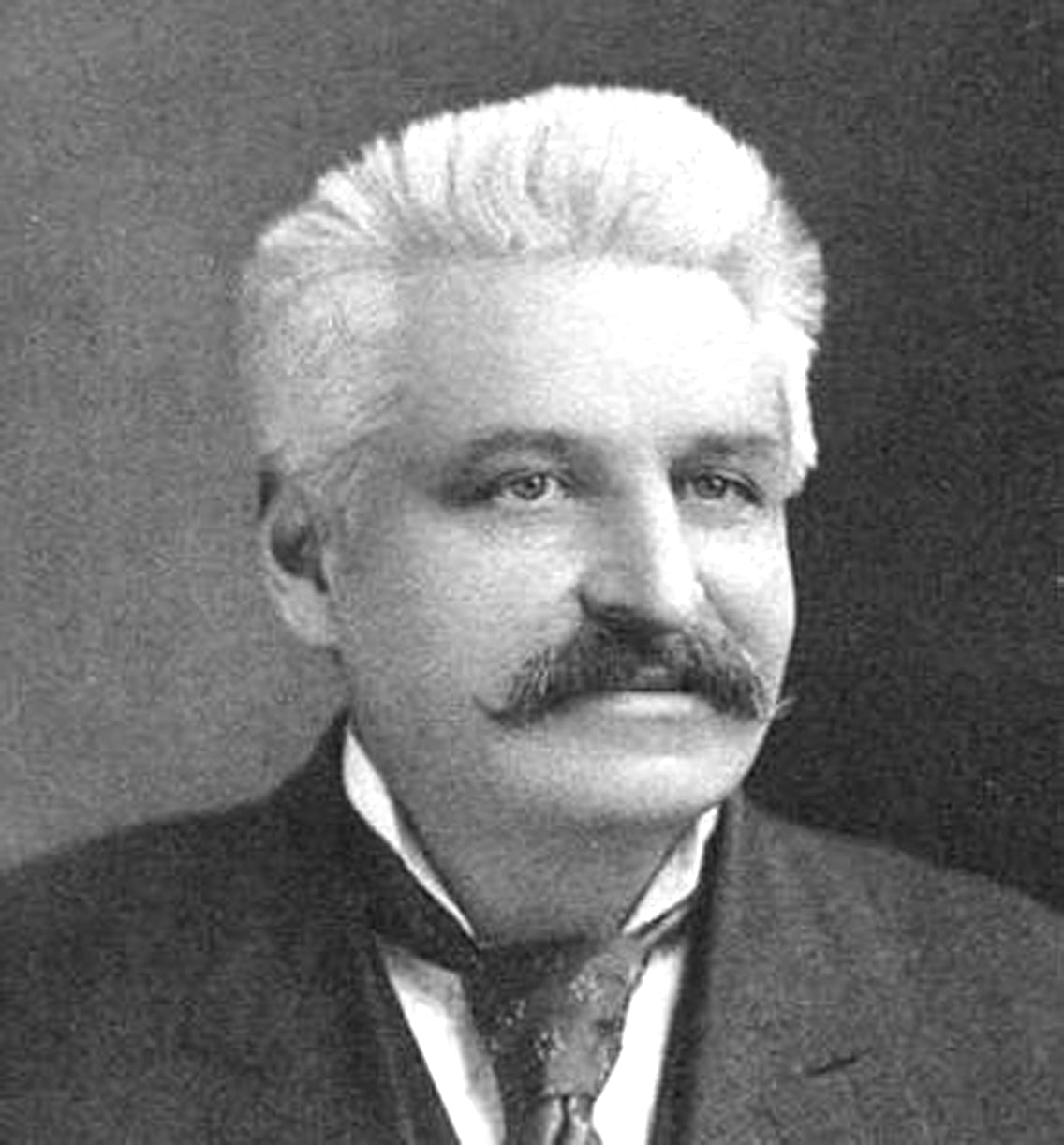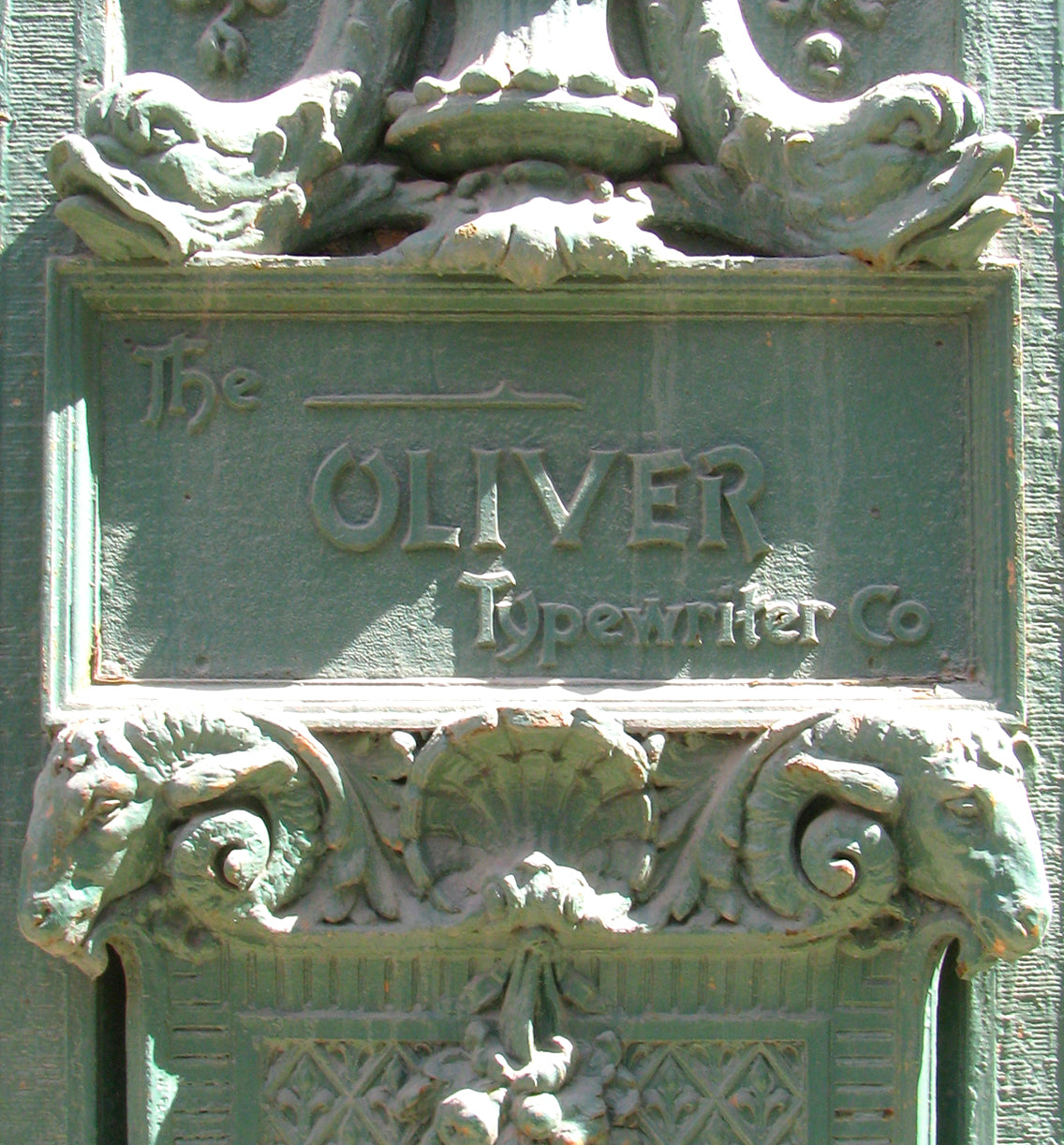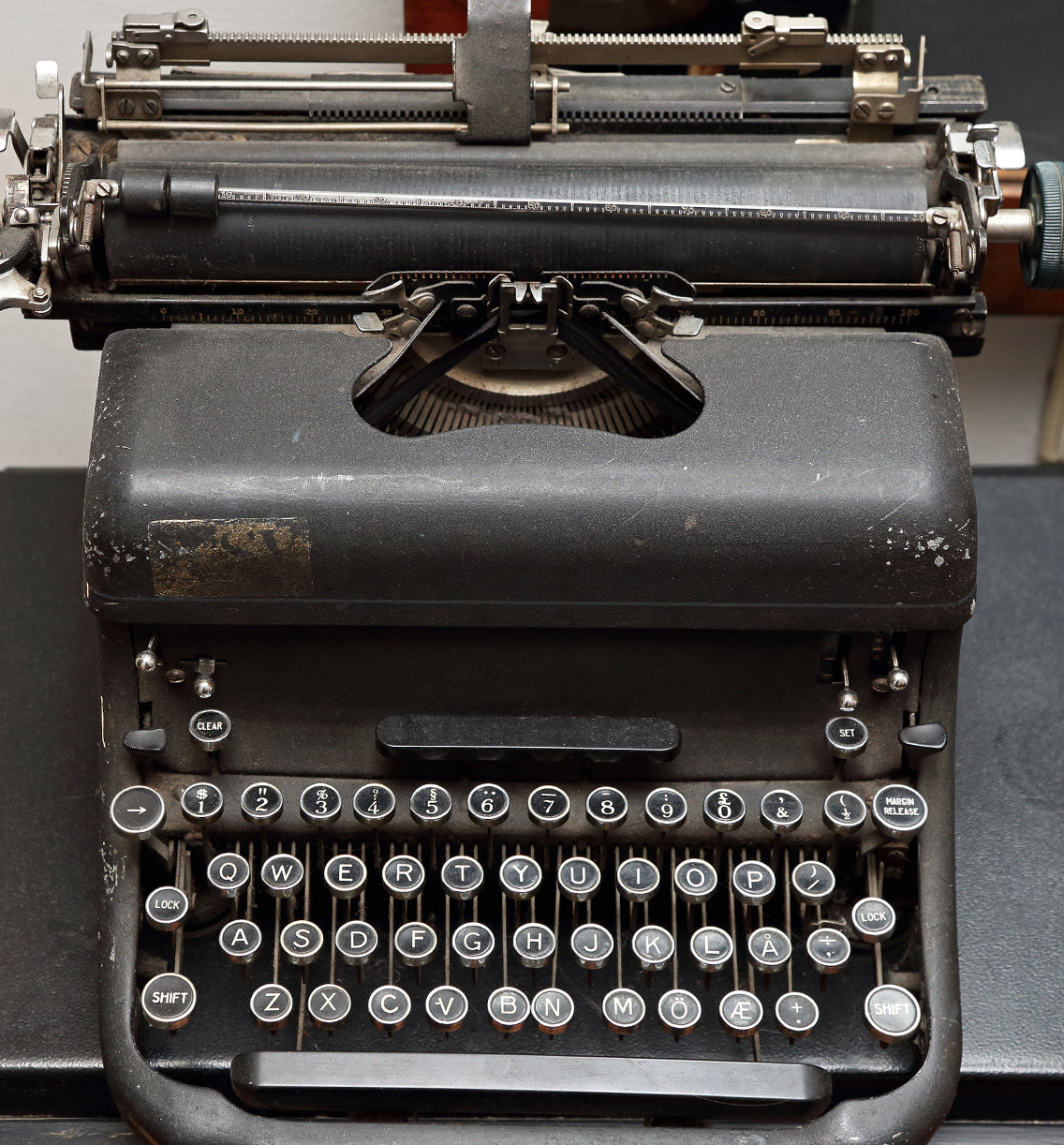We invite you to embark on a journey through the rich history and enduring charm of typewriters, where every keystroke tells a story. Explore our collection of iconic machines, discover the artistry behind each creation, and find inspiration in the elegant click-clack symphony of a bygone era. Join us as we celebrate the enduring legacy of typewriters, where the past and present seamlessly intertwine, sparking creativity and connecting generations. Welcome to The Oliver Typewriter Company – where the past is present, and every keystroke echoes with character.
A step back in time...
-
The Beginning of Oliver
Oliver was founded by a minister named Thomas Oliver, who was frustrated by the early “blind” typewriters, which struck the ribbon from underneath the paper. He invented a U-shaped bar, which acted as a “down strike” onto the typewriter ribbon, allowing typists to – amazingly – see what they were typing in real time!
-
First Oliver Typewriter
In 1888, Oliver began to develop his first typewriter, made from strips of tin cans, as a means of producing more legible sermons. He was awarded his first typewriter patent, US Patent No. 450,107, on April 7, 1891. After four years of development, a "crude working model" composed of 500 parts had been produced.
-
American History was Made
In 1896, manufacturing moved from Iowa to Woodstock, Illinois, when the City of Woodstock donated a vacant factory. This is where Thomas invented a U-shaped bar, which acted as a “down strike” onto the typewriter ribbon, allowing typists to – amazingly – see what they were typing in real time!

Thomas Oliver
Thomas Oliver was born in Woodstock, Ontario, Canada, on August 1, 1852. Having become interested in religion, Oliver moved to Monticello, Iowa, after the death of his mother, to serve as a Methodist minister. In 1888, Oliver began to develop his first typewriter, made from strips of tin cans, as a means of producing more legible sermons.
Oliver resigned his ministry and moved to Epworth, Iowa, where he found investors willing to provide $15,000 ($528,000 in 2023) of capital, and leased a building in which to manufacture his machines.

Oliver Building (Chicago)
It was built for the Oliver Typewriter Company from 1907-1908 by Holabird & Roche. When two floors were added in 1920, Holabird & Roche were hired for the expansion. The cast iron exterior features typewriter-related motifs. It was declared a Chicago Landmark on May 9, 1984.
The windows above the second floor are known as "Chicago windows," and are wide window panes bracketed by narrower double-hung windows. The windows also include the name of the company below the central pane.

Oliver Typewriters
In addition to its offices in Illinois, the company had branch offices in Baltimore, Buffalo, Cleveland, Kansas City, Minneapolis, New York City, Omaha, St. Louis, San Francisco and Seattle, all of which closed when Oliver shifted to mail order sales in March 1917. A minor recession in 1921–22 caused a large number of customers to default on their payments, resulting in the repossession of their typewriters. The company opted not to borrow money and, in 1926, the board of directors voted to liquidate the company. Only one employee, Chester Nelson, was retained to oversee the company's liquidation.
From a Classic Tale to a Classic Machine
Our commitment lies in curating and restoring typewriters that encapsulate the essence of a bygone era. Each machine in our collection is a testament to the dedication and artistry of the past, meticulously refurbished to breathe new life into these mechanical marvels. From vintage classics to rare gems, we offer an exclusive selection that appeals to collectors, artists, writers, and aficionados alike.


